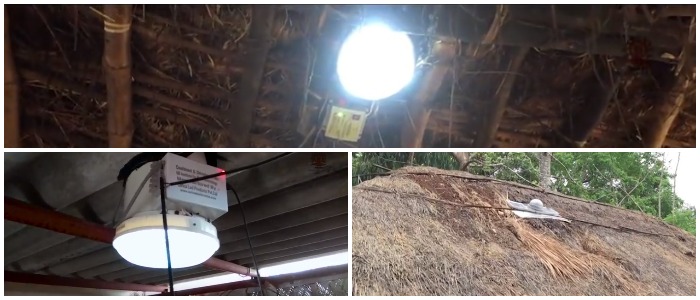
Lighting up lives
Economic Times (Rise), Economic Times (Energy World), Business Standard, Republic World, Yahoo News, KGP Chronicle, Odisha Post Although the government of India announced 100% electrification in December 2018, it admitted at the same time that it would continue to identify households left out of the scheme. According to an estimate, around 25 per cent of Indian rural households, that is, more than 45 million people, lack access to electricity. In fact, in some states like Uttar Pradesh, Nagaland, Jharkhand and Bihar, access to electricity is believed to be even lower. The problem is not merely the fact that marginal people – many of them living…
